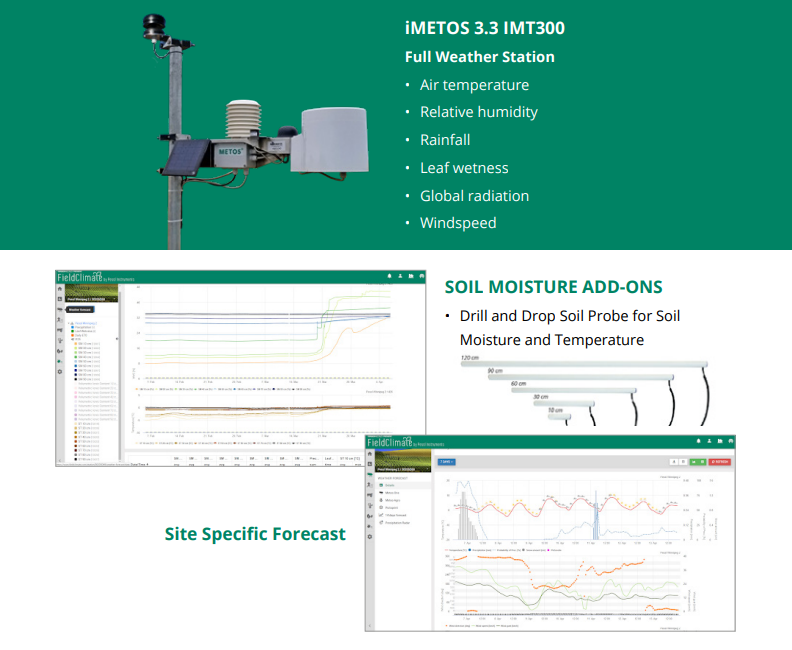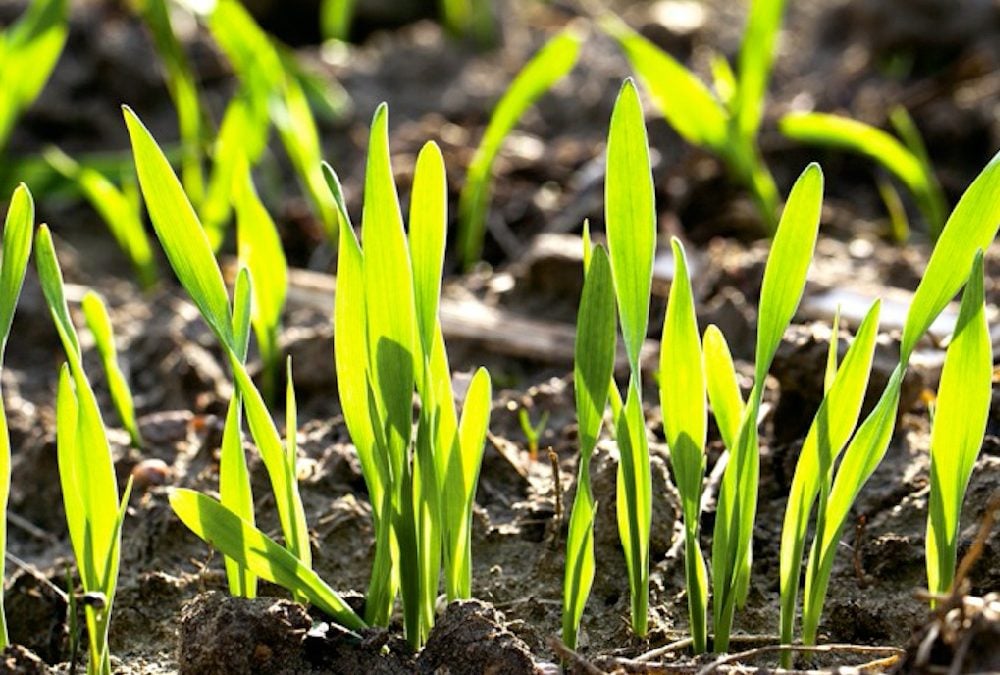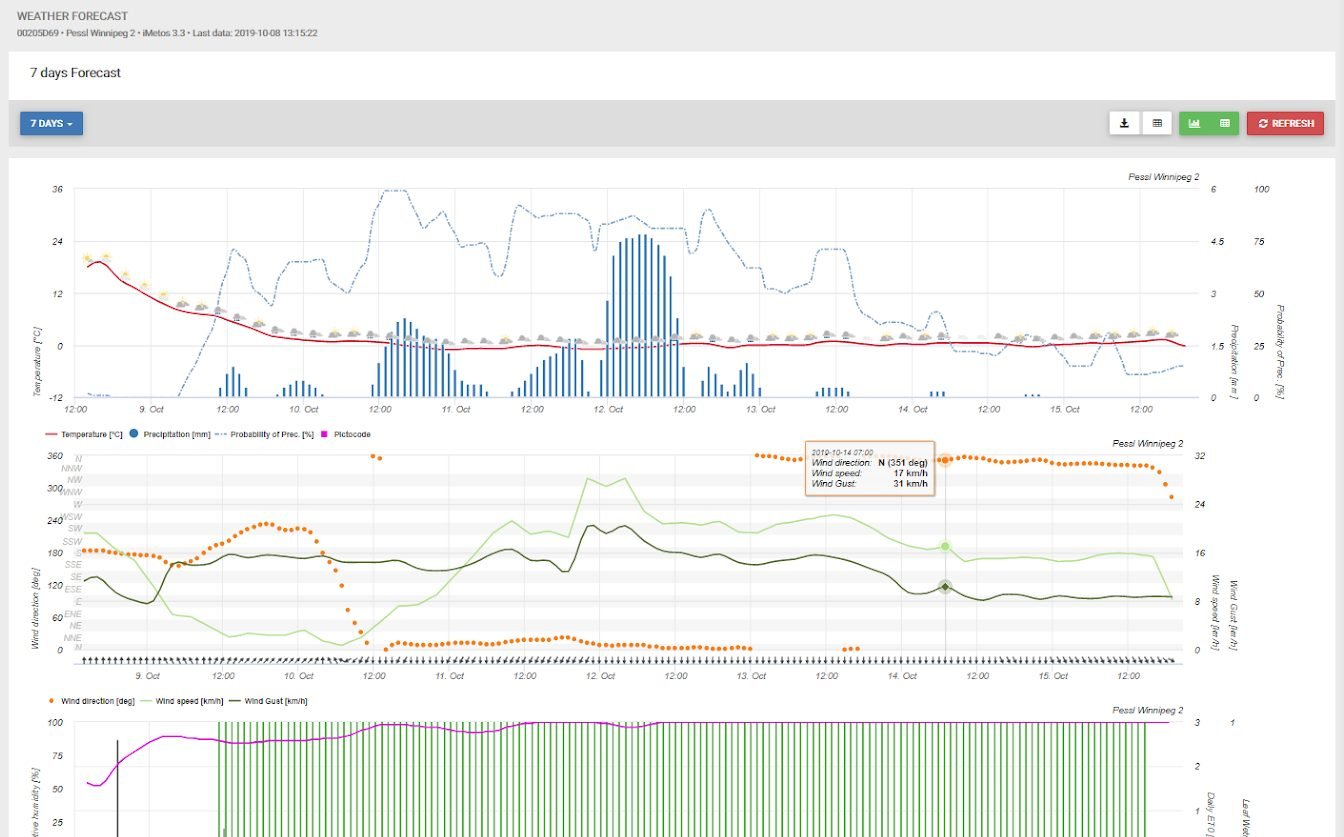General Factors Impacting Seeding and Germination
The important point to remember is not how early the seed should be in the ground, but what can be done to get it out of the ground as soon as possible, so that the plant is growing healthy.
SOIL TEMPERATURE
The most critical factor is soil temperature. Soil temperature drives all metabolic processes and although many of the other factors such as moisture, aeration, nutrition and depth are also important, they do not begin to influence the seed until it’s warm enough to start all the biochemical processes of seed germination: >4°C to 6°C is preferred for cereal and oilseeds.
SOIL MOISTURE
Soil moisture affects how quickly water penetrates the seed. Seeds require a percentage of moisture by their weight before germination takes place. Having adequate moisture in terms of stored soil water and early spring precipitation plays a large role in successful and rapid germination, at the correct temperature. Dependent on soil type: e.g. >25-30% VWC.
FERTILIZER RATES
The amount of water available for germination is affected by the type, amount and placement of fertilizer. Fertilizers placed very close to or with the seed will reduce the amount of moisture available for seed germination because these fertilizers end up using some of the available moisture to dissolve the fertilizer and bring it into solution.
DEPTH OF PLACEMENT
Seeding depth is the next factor that’s important in rapid and even germination. Soil moisture, soil temperature, soil type, trash cover, and others, all affect seed depth each year. Depth will vary based on soil temperature and moisture – shallow with cold, wet soils. Deeper with dry and warm soils. Generally, 3.5 to 7.5 cm.
SPRING SPRAYING
Pre-seeding spraying is very important. Weeds that emerge before the crop, will out-compete the crop for moisture, nutrients and sunlight. Just a small number of weeds, a few per square foot, emerging before or with the crop can be much more damaging to yield potential than a larger number of weeds developing later.
Factors Affecting the Early Versus Late Approach
Seeding in Western Canada can range from April through May and sometimes into early June, if flooding occurs. In Europe, seeding and sowing can range from March to late June and are highly dependent on climatic conditions from country to country, crop to crop.
What is too early or too late for crop development and ultimately yield?
Fundamentally, seeding into warm soils ensures the best start for the crop. Proper germination and crop emergence is an important step for reaching the crop’s yield potential.
There is plenty of evidence that shows seeding early (in April) will produce the best yields, but this is very much dependent on soil temperature and crop type.
Benefits include:
- better soil moisture for germination and development,
- reduced weed competition,
- less synchrony of the crop to susceptible insect stages,
- reduced heat stress/damage and
- better harvest conditions (warmer conditions in August and early Sept.).
Most cereals and oils need an average daily soil temperature of 4°C to 6°C, while corn, soybeans, edible beans, and flax prefer an average daily soil temperature of 8°C to 10°C, otherwise, you risk poor germination and uneven stand development.
Seeding into cooler or cold soil can result in slower emergence and the chance for soil pathogens to affect the crop, which can affect yield potential.
What are the IoT Solutions required for Timely Sowing?

Can I Determine the Future Sowing Window for My Field?
It is not possible to determine the sowing window with 100% certainty, but with reliable site-specific environmental data collected with accurate sensors, one can estimate the sowing and harvesting window for major crops, such as corn, soybean, and wheat.
To come as close as possible one needs:
- Weather forecast
- Work planning tools
- Sowing Window
- Plant Nutrition
- Field Accessibility
- Tillage Ability
- Plant Protection
- Harvest Window
Note: Each of these processes can have significant impacts on crop yield and quality.
Value Proposition for Site Specific Weather Forecasts and Work Planning Actionable Tools
Hourly updated, location-specific forecasts for work planning.
- Optimally plan and seed based on site-specific forecasts
- Know when fields are accessible based on forecasted rain amounts
- Know when to spray based on forecasted rain amounts and timing, wind speed and direction for early season spraying
- Control early-season weeds
- Know when forecasted lows may impact spray efficacy
Value Proposition = Less Risk, Efficient Management
Work planning tools – Sowing window
Germination and crop emergence are phases with a significant influence on harvest yield and quality.
- For uniform, rapid germination and emergence, all seeds need correct moisture and optimal temperature ranges.
- Conditions are calculated from soil temperature, rainfall of the previous days and minimum air temperature of the next days.
- Cereal and oilseed germination requires a minimum temperature of 4 to 6°C in the seed zone.

- Soil temperature
- Soil moisture (10 – 20 cm depth)
- Air temperature
- Evapotranspiration
Eager to know more?
In case you would like to have more information, please download the use case HERE.




